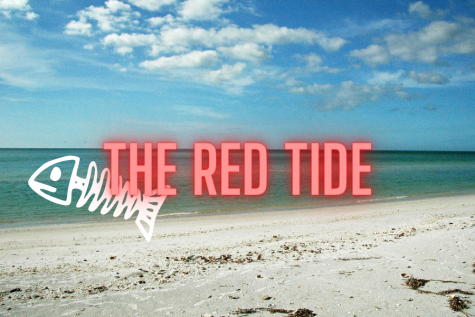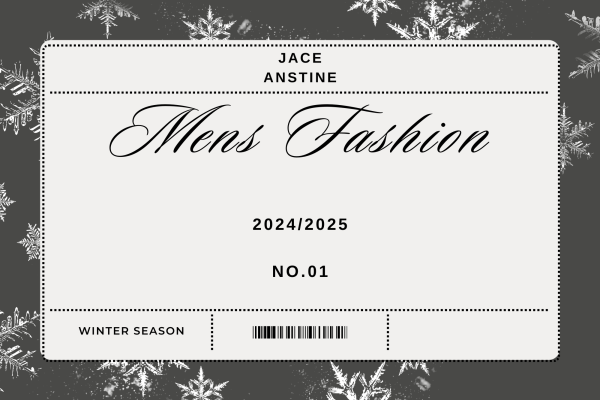Fast Fashion: how it affects the environment and how to avoid it
One of H&M’s locations full of shoppers buying the popular and trendy fast fashion styles. (photo via Wikimedia Commons under the creative commons license)
The fashion industry is currently one of the largest industries in the world with apparel and textile sectors being the fourth largest globally. Its value is based at about 3 trillion dollars and with 3,000 billion companies entering the market every day, the fashion industry has a constant positive growth. However, this industry isn’t all red carpets, catwalks, and famous influencers and designers. The fashion industry is one of the largest polluters on the planet, and most of this pollution can be traced back to fast fashion.
What is fast fashion?
Fast fashion is the term used to describe the way clothing brands adapt to quickly changing trends in the fashion industry. They produce mass amounts of clothing in a very short amount of time to get them on the shelves as fast as possible. These pieces are often made of cheap materials that wear out easily and don’t last long.
Why is it so bad?
The production of these garments are responsible for staggering pollution, CO2, and exploitation statistics. Trends go in and out so fast that 60% of clothing made every year ends up in landfills, barely or never worn. The toxic chemicals in the dyes used to make these garments are responsible for 17-20% of global water pollution. Clothes that are made of synthetics, like activewear that’s growing more and more popular in everyday fashion, contain microplastics that enter the water when washed, and lead to 35% of the microplastics in the ocean. 10% of global carbon emissions are from the production of clothing which is more than international flights and shipping combined. The fashion industry creates 1.2 million tons of CO2 every year. These garments are cheap, which means these fashion brands are dependent on exploited labor. These workers are often underage, and working in poor and dangerous conditions; they’re overworked, and underpaid.
Why can’t we recycle the clothing?
Because of the low quality of these garments they don’t last long. Over time, the polymers they’re made of wear down and shrink into short fibers, which on the outside turns them into worn out pieces, too hard to make into strong new fabrics. Because of this breakdown of polymers, 53 million metric tons of worn out clothes are incinerated or end up in landfills.
Examples of fast fashion brands
- Shein
- H&M
- Forever 21
- Topshop
- Fashion Nova
- Zara
- Pretty Little Thing
- Victoria’s Secret
How to steer clear of it.
Fast fashion can be hard to avoid, especially for those with a lower income or no proximity to second hand stores, but here are some ways you can try to stay away from fast fashion that won’t break the bank.
- Buy versatile and quality pieces that will last you a long time from brands focused on lowering fast fashion statistics.
- If you live close to a thrift store and you enjoy thrifting for your clothing, it’s one of the best ways to avoid fast fashion. Look for quality pieces at your local thrift store or second hand shops.
- Another way to introduce new clothing into your wardrobe is to trade clothes with friends and family members. Instead of buying something for a new outfit, see if someone you know has it before you buy.
- If you’ve got a special occasion coming up, consider renting the clothes you need instead of buying expensive black tie attire. You’ll likely only wear it once.
- If you’re a little crafty, think about upcycling your clothes into new pieces or alter them so you wear them more. This could be as simple as cropping an oversized shirt you don’t wear to make a cute crop top or cutting the legs off of your jeans to make cut-off shorts in the summer.
- Another option is apps like Depop, Poshmark, and the clothing section of Facebook Marketplace. These are apps where people can buy and sell gently used clothing, and oftentimes if you look hard enough you can find some real gems.

Grade: Senior
Hobbies: Watching movies, listening to music, hanging out with friends
Name of my car: Ms. Jackson
Early riser/night owl: Night...














